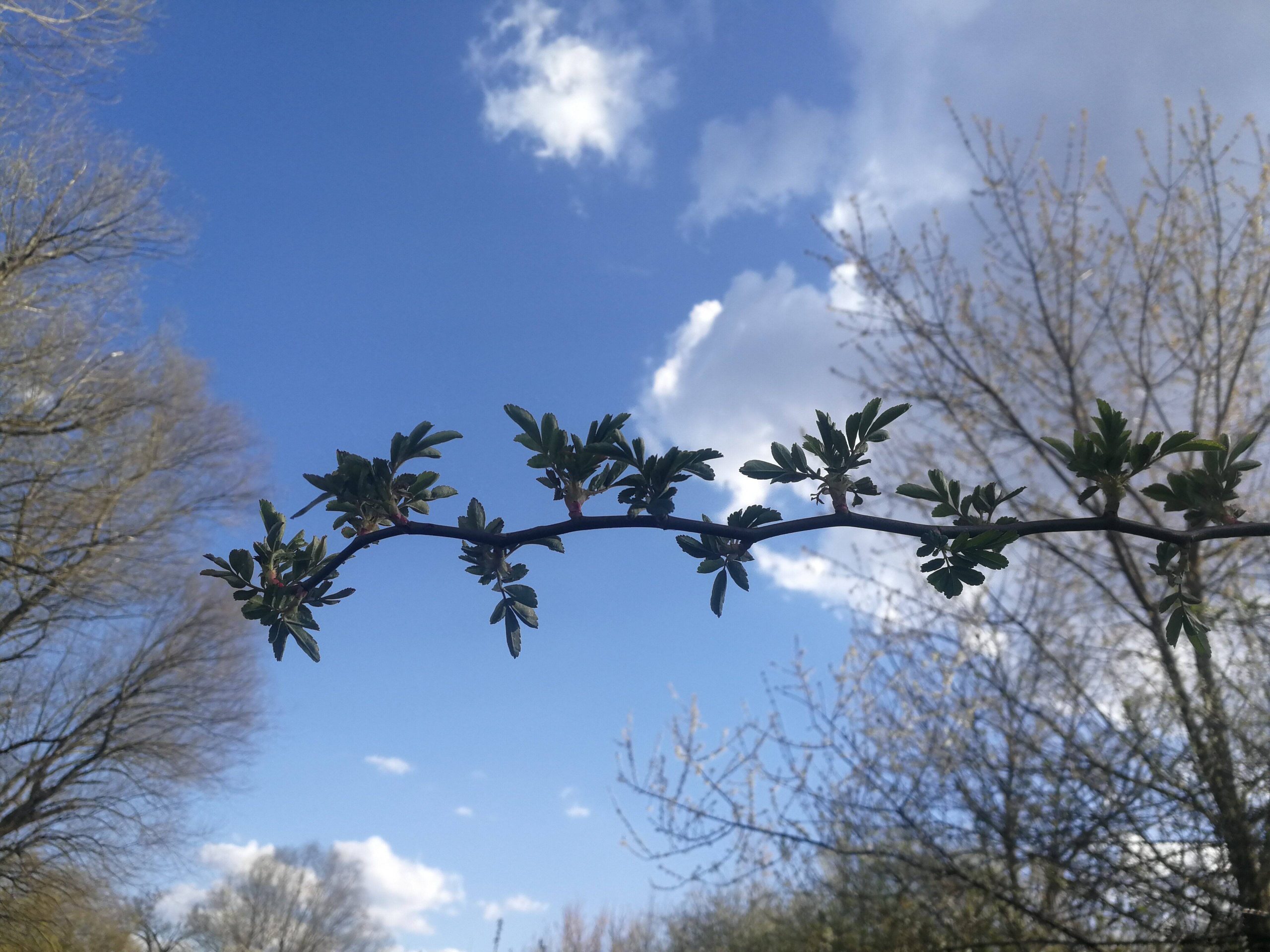Date: 4th February 2022
Presenter: Sebastjan Vörös
Chapter: I. Aim and Scope of the Study
*featured image: Dog rose, Rosa canina (sl. navadni šipek) is by far the most common wild rose species in Slovenia (judging by the observation in the field, in 90 % of the cases, you will encounter dog rose or its hybrids, even though there are also 25 other species of wild rose). In many languages, its common name refers to dogs’ teeth, and such a designation can be traced all the way back to the Hellenistic Greece, where it was called κυνόροδον. Pliny attributed the name to a belief that the plant’s root could cure the bite of a mad dog, and, somewhat unsurprisingly, dog rose has been used to treat the bite of rabid dogs in the 18th and 19th century. While it is unclear to me whether such treatments proved to be effective or not, there is an alternative explanation for the origin of its name: its prickles are hooked in a way that slightly resembles dogs’ canines – though frankly, almost every Rosa species could be a dog rose, judging by the shape of their prickles. Except for Rosa pendulina, a toothless, I mean, a prickless species wild rose. This one could instead perhaps be called a “tree sloth rose”, or an “anteater rose”.
